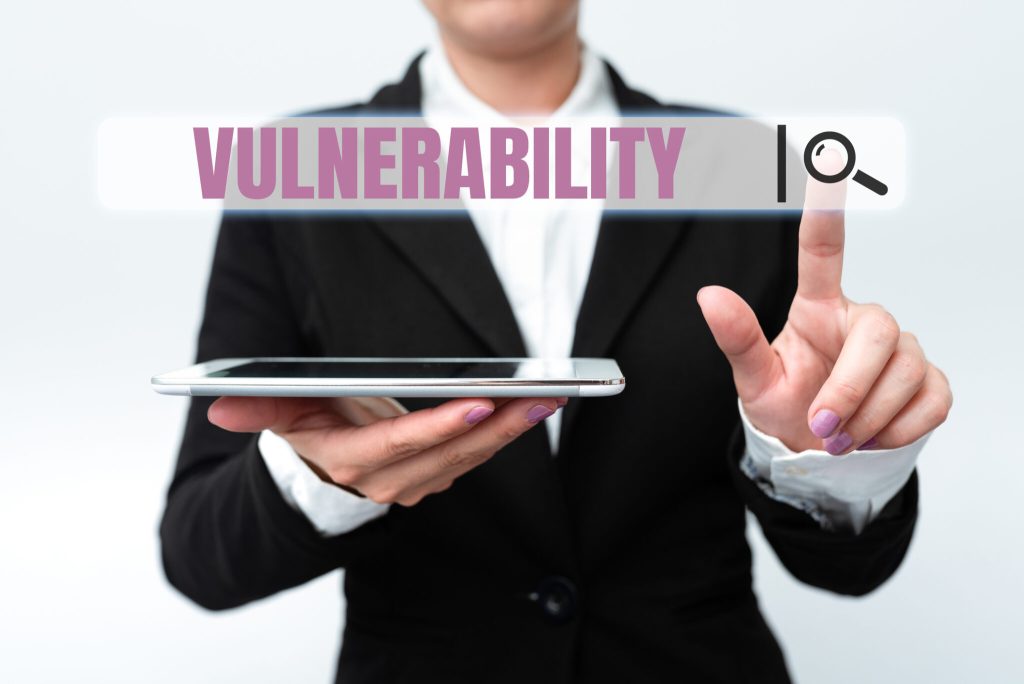Defining Vulnerability and Why It Matters
I believe that vulnerability is the key to deep and authentic connection. In my personal and professional life, I’ve seen the value of sharing in a vulnerable way that brings about healing and closeness that nothing else can. I believe that in some ways, vulnerability is a skill and I don’t think that vulnerability is something that our culture is particularly skilled at practicing. Author and researcher Brene Brown defines vulnerability as “uncertainty, risk, and emotional exposure.” To be able to share vulnerably means that there is an emotional cost, that there is risk in sharing that thing with that person. And yet when that person responds with compassion and empathy, the reward is also great and emotional intimacy grows. As a therapist, I admire the vulnerability of my clients in sharing and working through some of the darkest parts of their experiences and their minds and allowing me to be a part of that journey. I’m also passionate about helping my clients to be able to do this appropriately with other important relationships in their lives. Practicing vulnerability can become very complex though in a digital age where our boundaries and privacy are so much less clear than in our face-to-face communication.
What is “Trauma Dumping” and How Can I Avoid It?
“Trauma dumping” has become a commonly used phrase online and usually refers to oversharing personal information in an inappropriate way or setting without considering the others’ capacity to handle the information. This form of sharing seems to be motivated by wanting to authentically share feelings, but may also be motivated by instant gratification, hopes for a magic cure, or even the quick release of adrenaline that may come immediately after. This kind of sharing, regardless of our motivation, can quickly become inauthentic or even harmful to those watching. Trauma dumping can happen in conversations with others, oftentimes looking like sharing traumas without allowing time or space for the person listening to respond or share their own experiences. It can also look like not being considerate of how sharing your personal experiences may affect the other person and not considering the other person’s emotional capacity or maturity for hearing about such experiences. More commonly though, trauma dumping often happens in online spaces. The danger in sharing vulnerably online is that we are often not as in control of who consumes what we are sharing and sharing publicly can easily become trauma dumping instead of authentic vulnerability. This trend has become especially popular on TikTok where hashtags such as #traumadump or #traumadumping have over 20 million views. It has almost become trendy to talk about trauma online and yet we know that children and teens are feeling more disconnected from their peers than ever. This illustrates that just sharing a trauma alone doesn’t always lead to connection, but rather sharing authentically with a safe person is what brings about the connection we all long for. So what about those who don’t feel they have close or safe personal relationships in which to share? Can’t it be healthy to share your traumas with others so you don’t have to bear them alone and to reduce stigma?

Considerations for Sharing Trauma (Especially Online!)
Those who have experienced trauma have either had their physical or emotional safety threatened or violated. Therefore, the ability to create safety when sharing a trauma is extremely important in being able to manage, process, and heal from trauma effectively. An illusion of safety can be created when posting online because we are able to curate what we say and how we say it and we don’t have to experience others’ immediate reactions that may make us uncomfortable, hurt, or ashamed. And yet, this kind of less personal and more widespread sharing can be damaging to the person sharing as well as those consuming the content. For the person who has experienced trauma, it is possible to experience retraumatization based on how others respond or even others’ lack of response. If someone responds in a way that minimizes or evokes shame for that person’s experience, it is likely that person will be more emotionally affected by these responses than the positive and supportive responses of others. It can result in feeling the need to defend yourself or in reinforcing negative beliefs you already have about yourself as a result of the trauma. Therefore, for those who don’t feel they have a safe person to share with, it is even more important to seek professional support with a licensed therapist.
For the consumers, trauma related content can be triggering for personal traumas or can result in feelings of compassion fatigue, overwhelm, or overidentification with someone you’re not actually connected with. To share trauma with those in a healthy way, it is extremely important to create environments that are emotionally safe. Obviously even with in-person sharing, no one has control over how someone else responds. There is no guarantee that you won’t be hurt by someone else’s response, which is what makes that kind of sharing vulnerable in the first place. At the same time, there are ways to try to foster this kind of safety.
Creating Safe Spaces
In fostering a safe space to share with others you have a personal relationship with, it is important to try to choose those who are generally kind, compassionate, and able to listen without judgment as much as possible. It can be helpful to share a disclaimer or to consider asking if that person is willing to listen to you sharing something emotionally hard or traumatic. It can even be helpful to share expectations around how you would like that person to respond, such as reminding them that you’re hoping that they will listen and empathize as opposed to trying to fix your situation. If after sharing with a safe person you do still choose to share online, it could be worth putting a “trigger warning” in your caption, sharing that unkind comments will be deleted or disabling comments altogether.
Therapy can be an excellent way to experience a safe space for those who have experienced trauma, especially because the relationship is not reciprocal and therefore you do not need to worry about your therapist’s feelings or personal experiences as you process your own trauma. Processing with a licensed professional can help you to build the skills to share appropriately with others in your life and can be an excellent way to practice vulnerability in a safe and contained environment. If you are interested in pursuing vulnerability through therapy, we would love to come alongside you in your journey so please don’t hesitate to reach out. Give us a call at 443-574-4295.
Submitted by: Carrie Campbell, LCSW-C – Therapist

